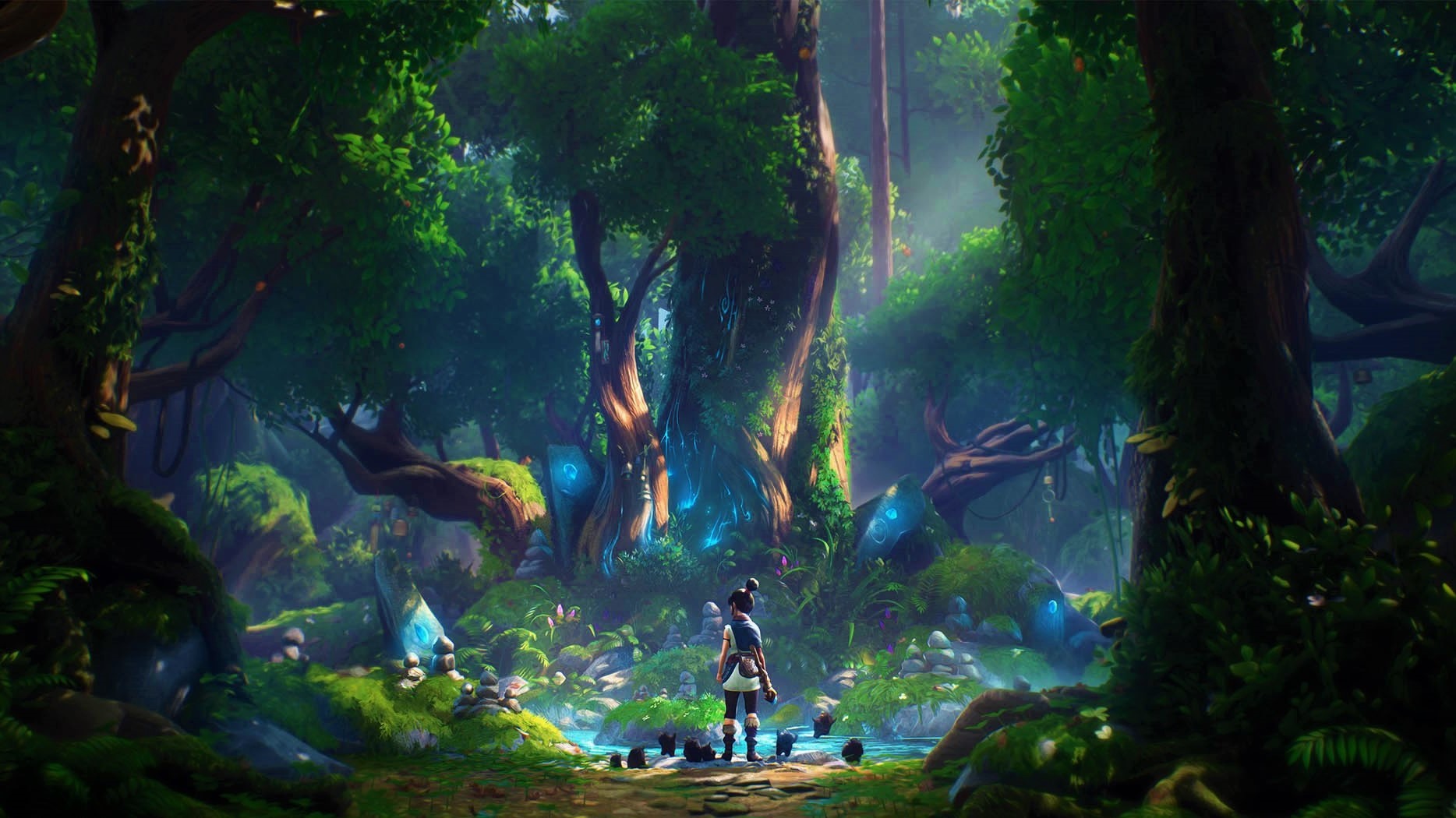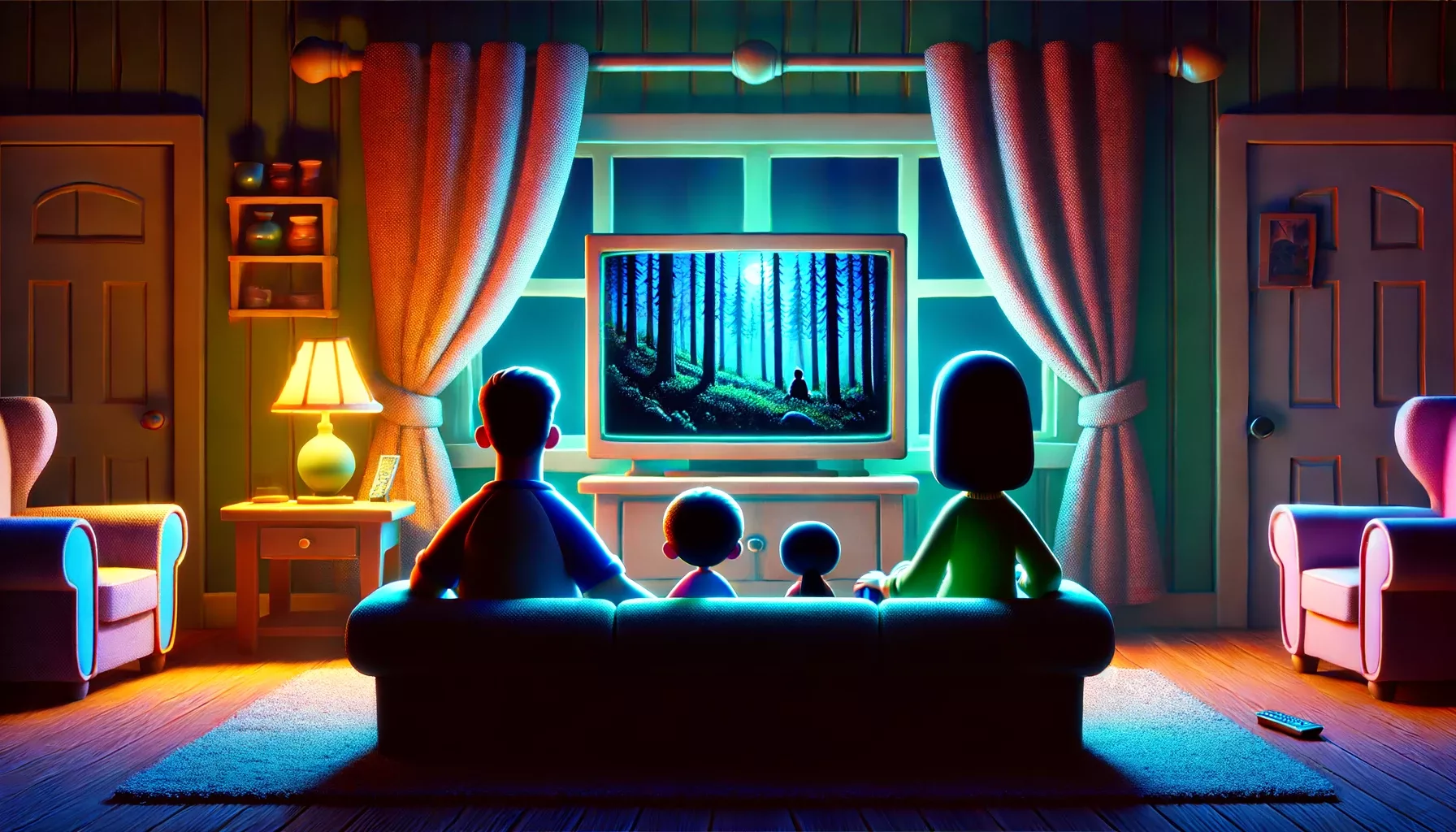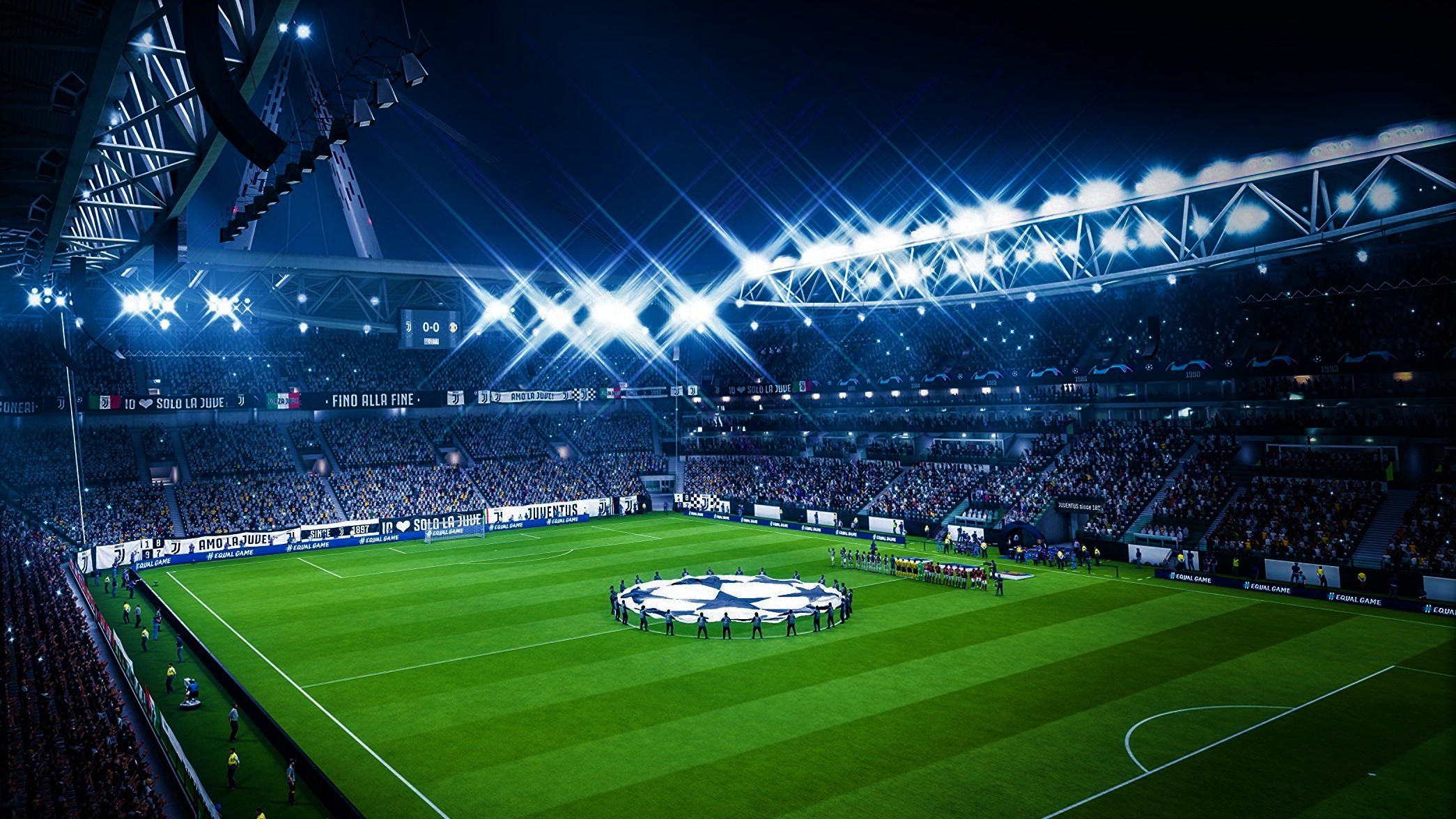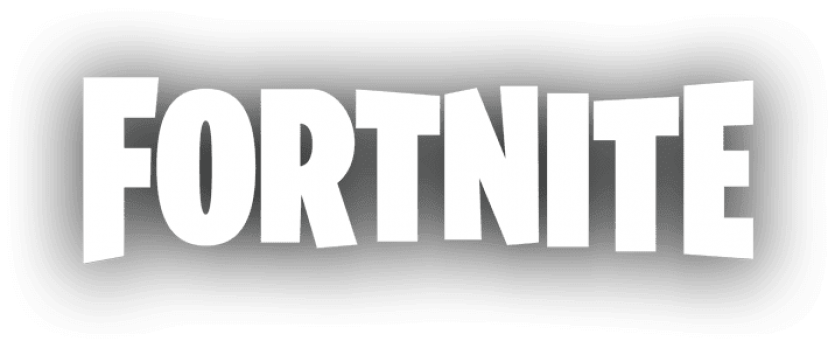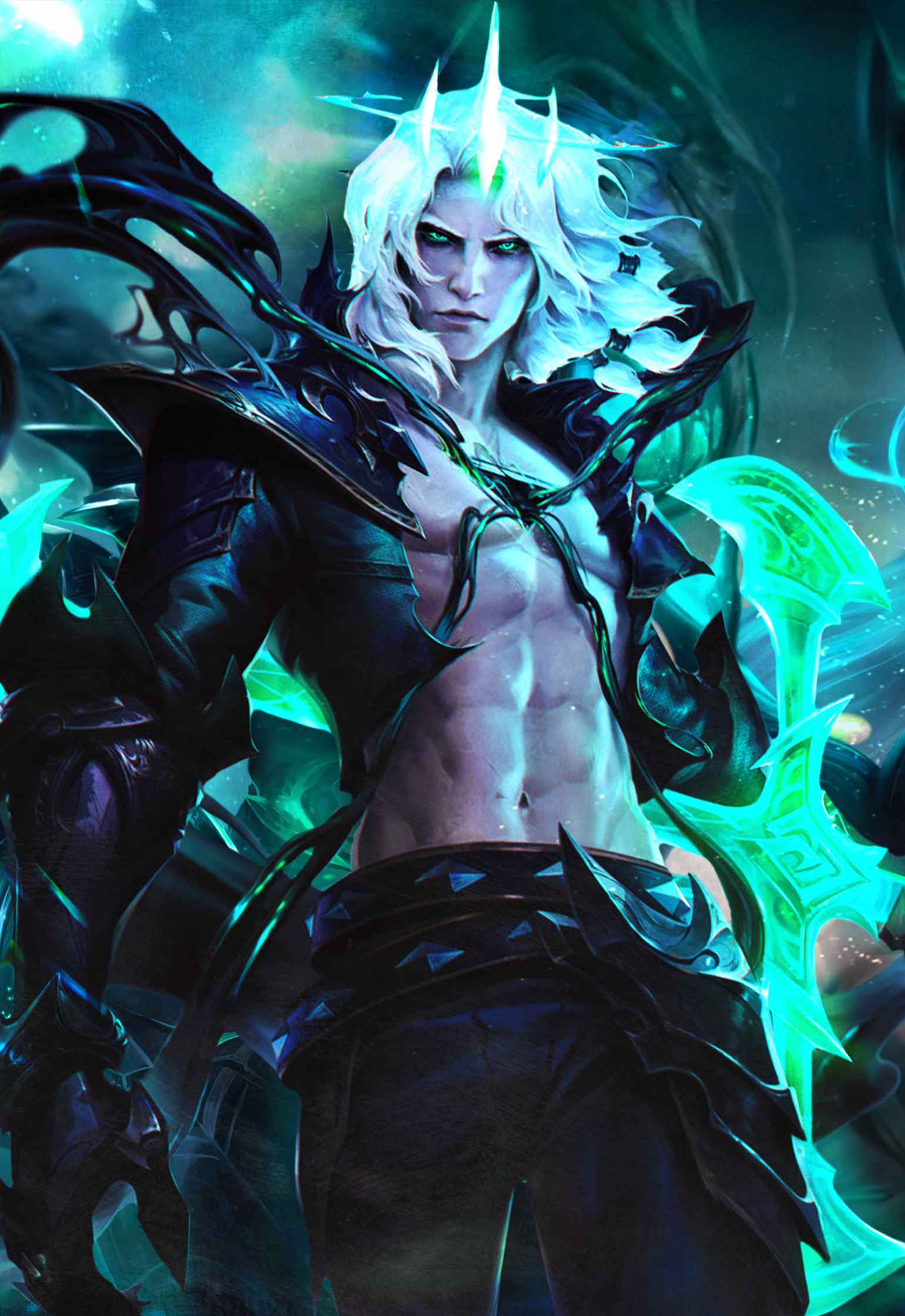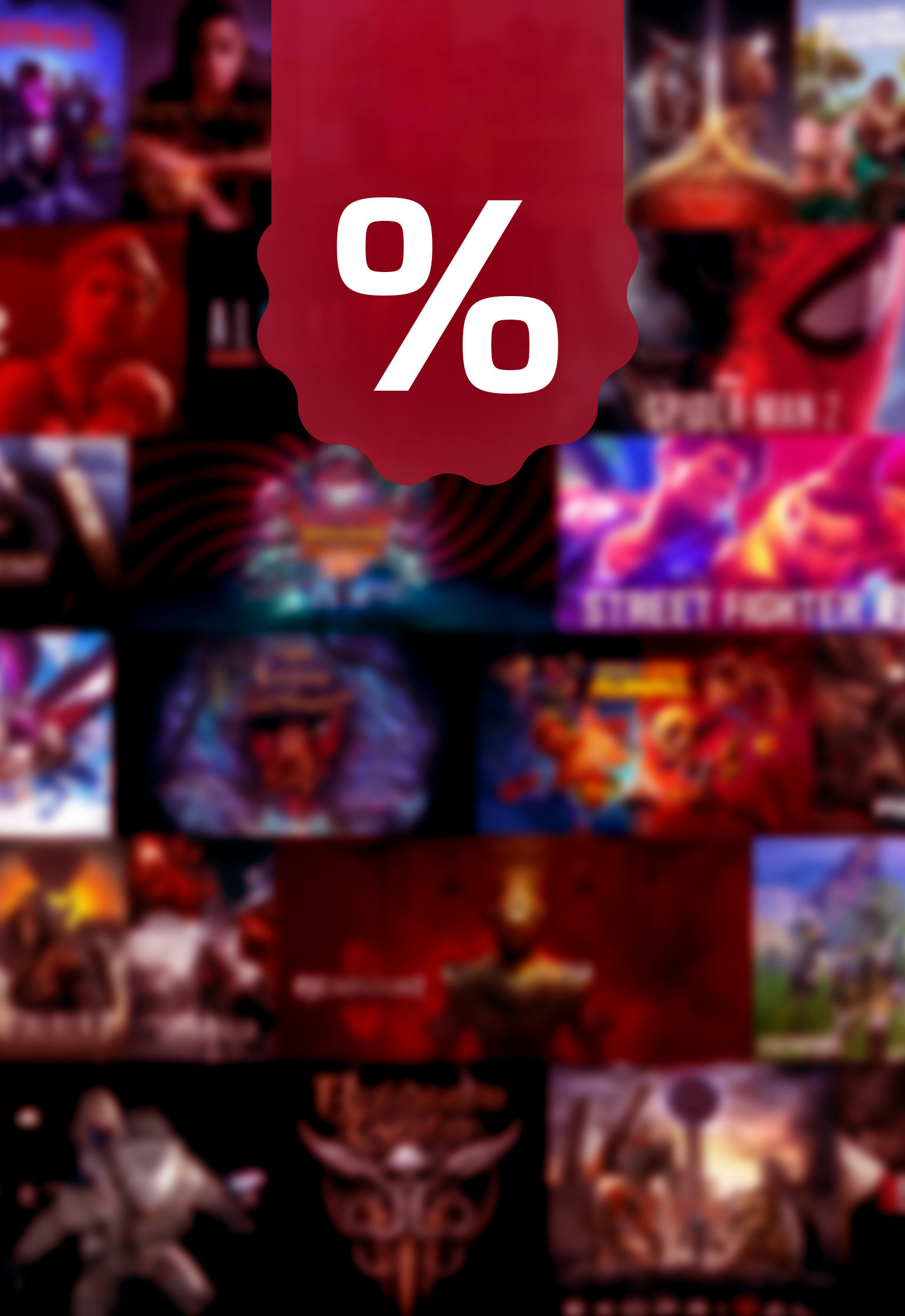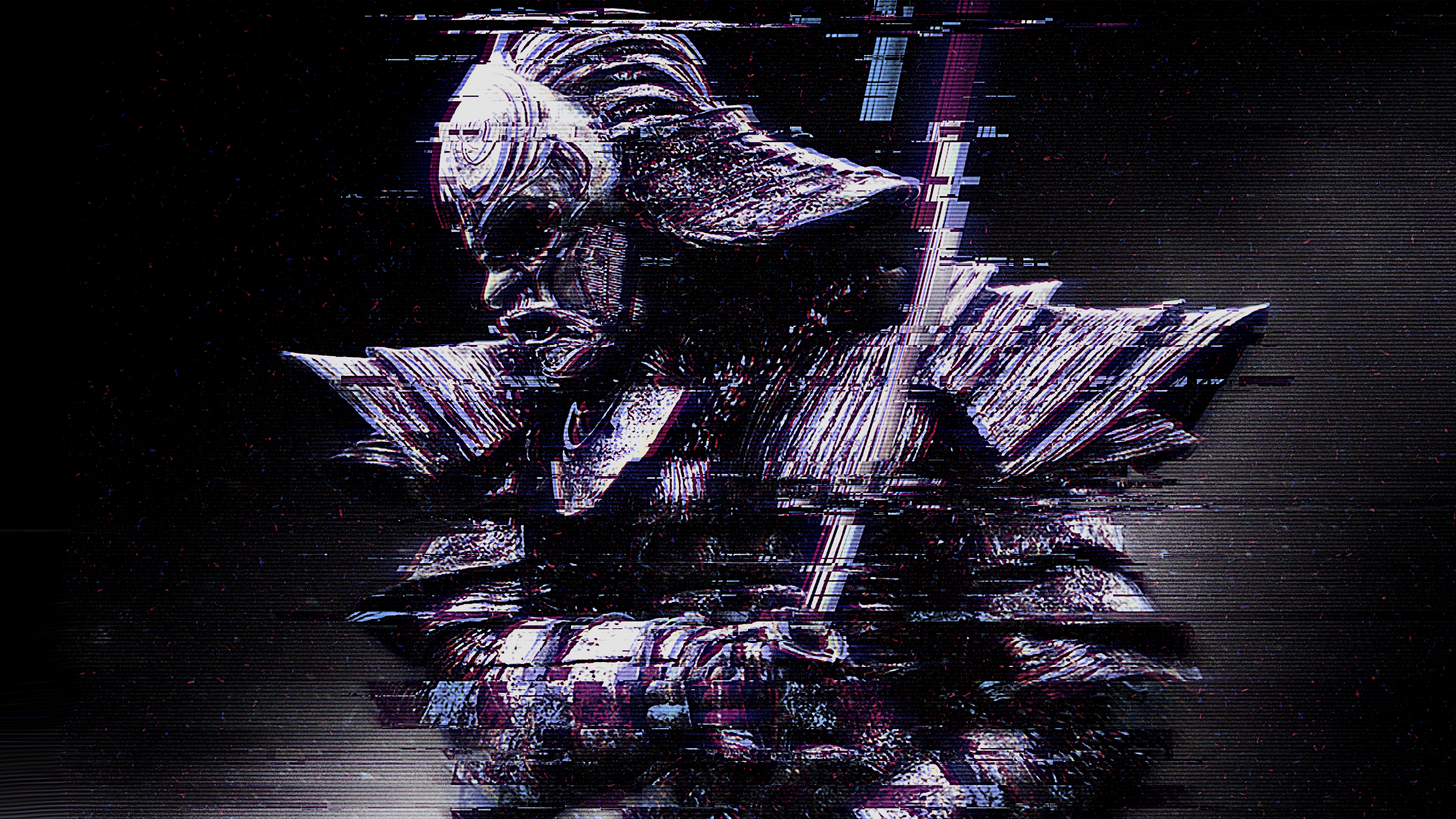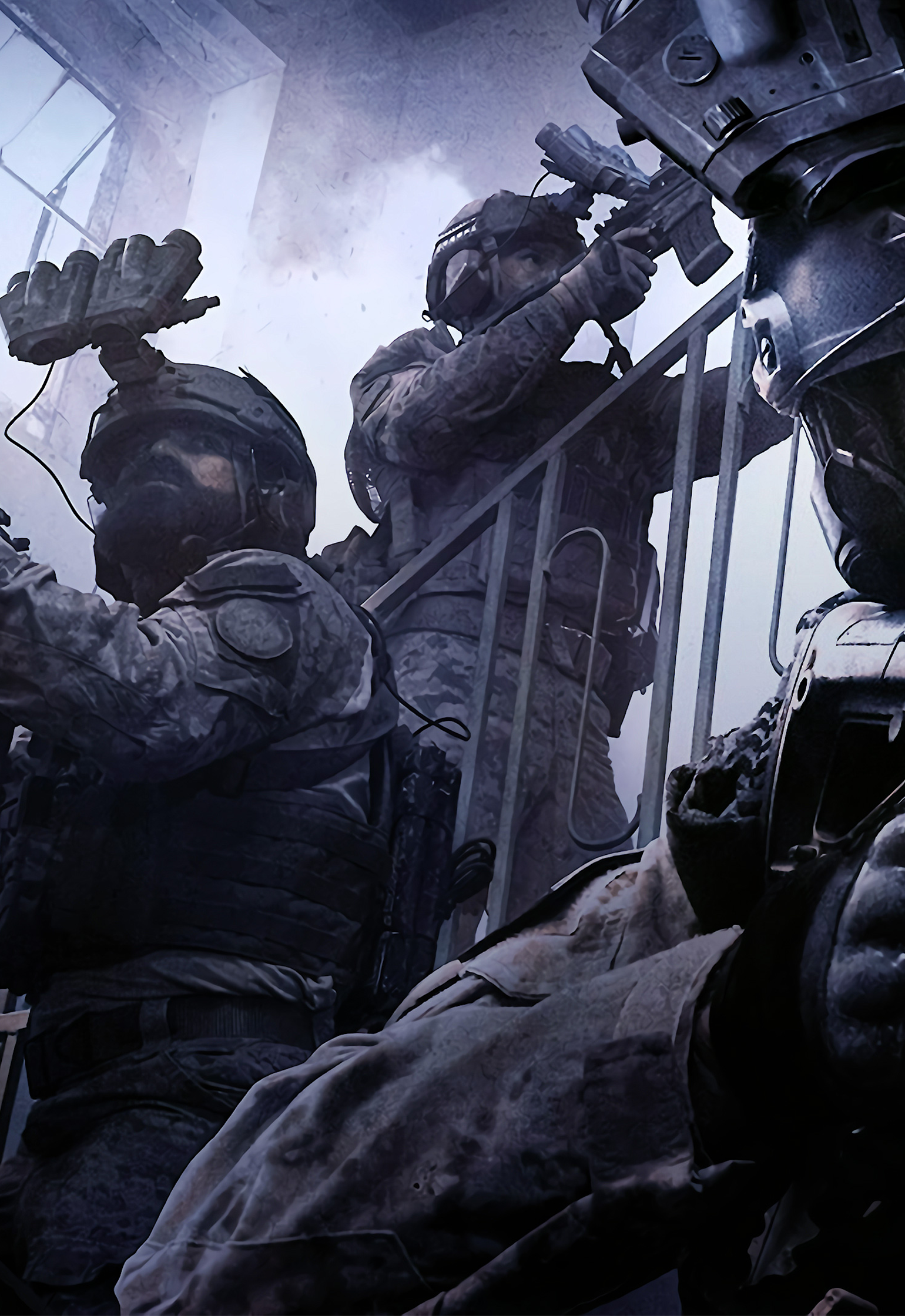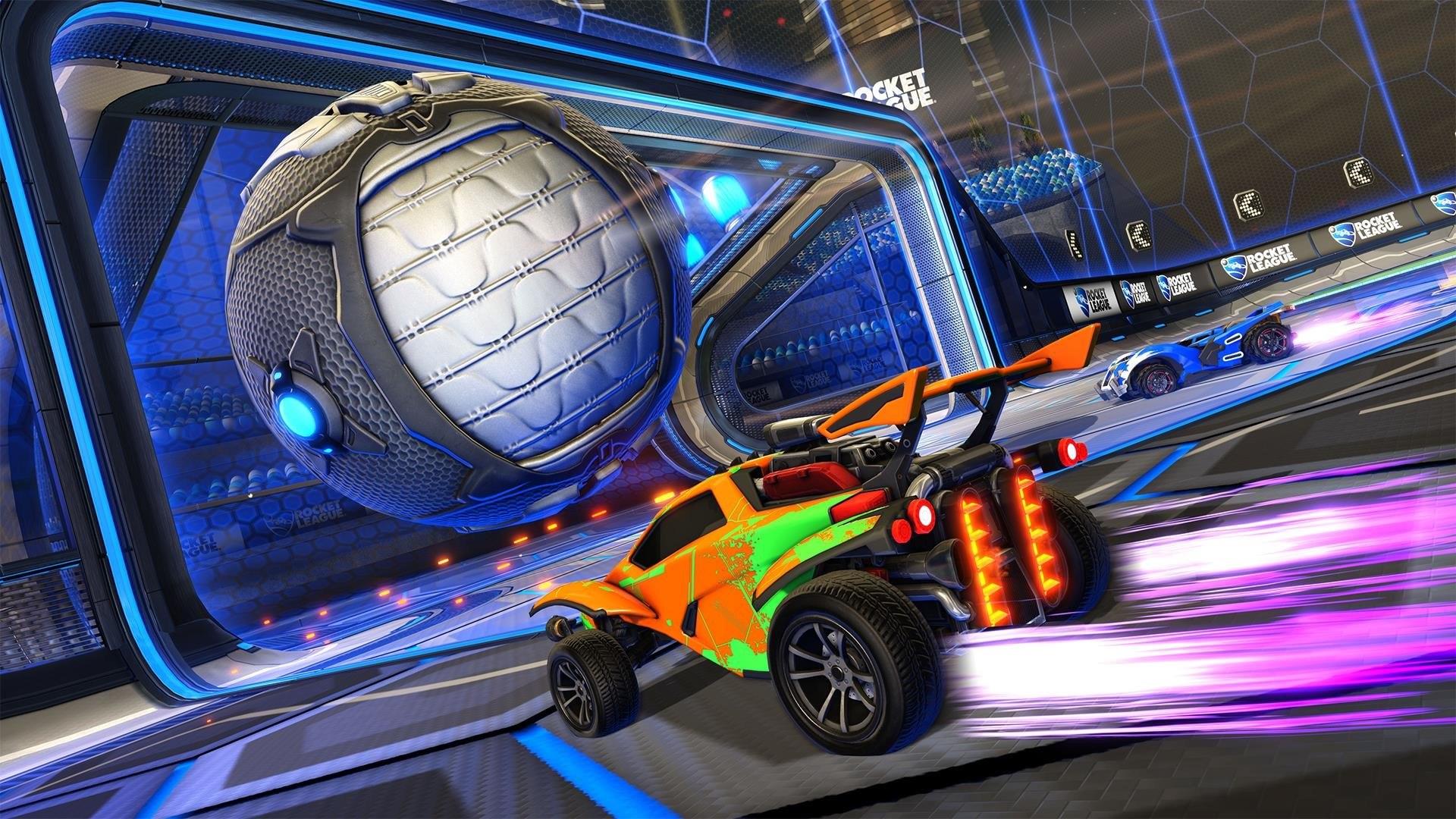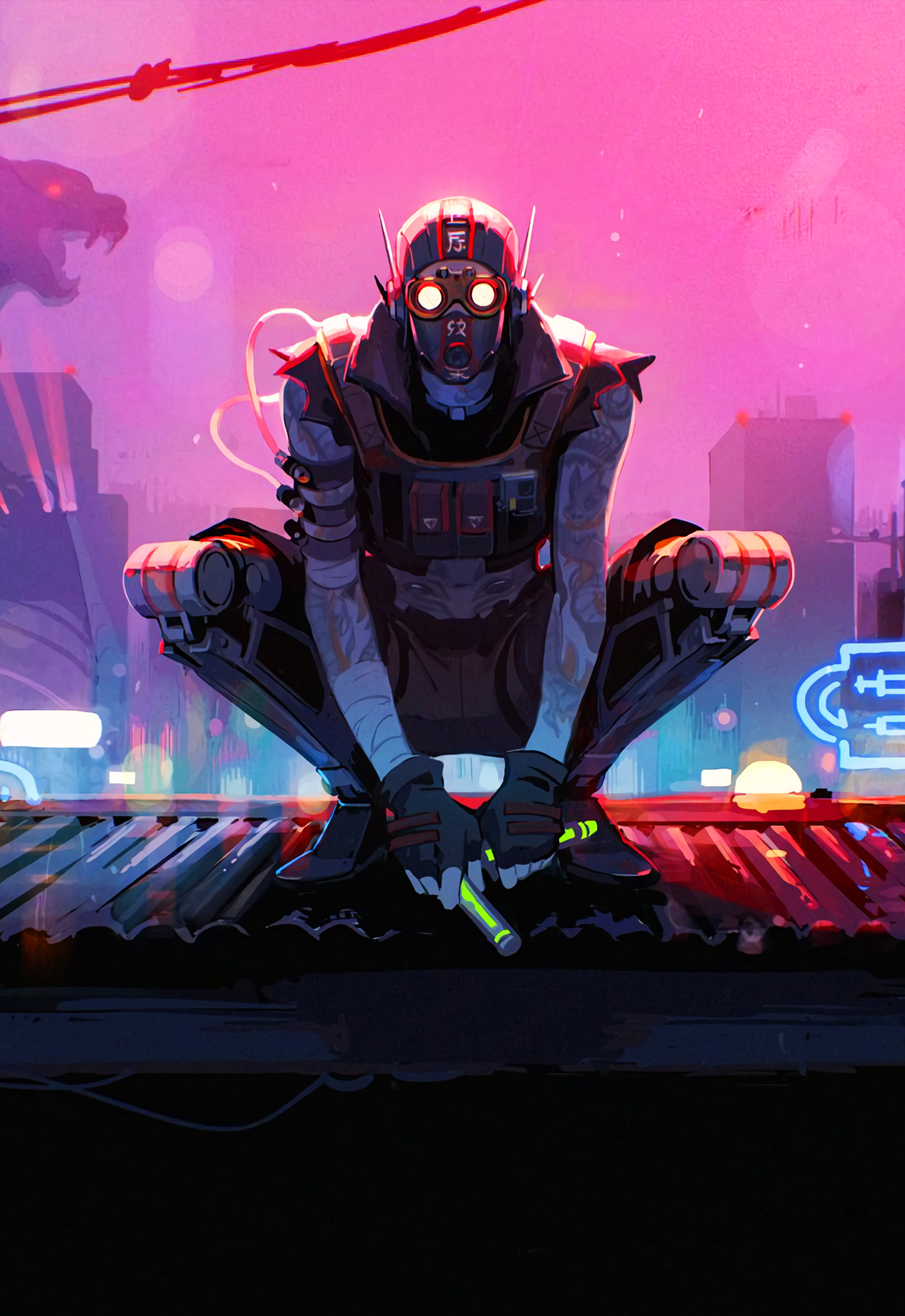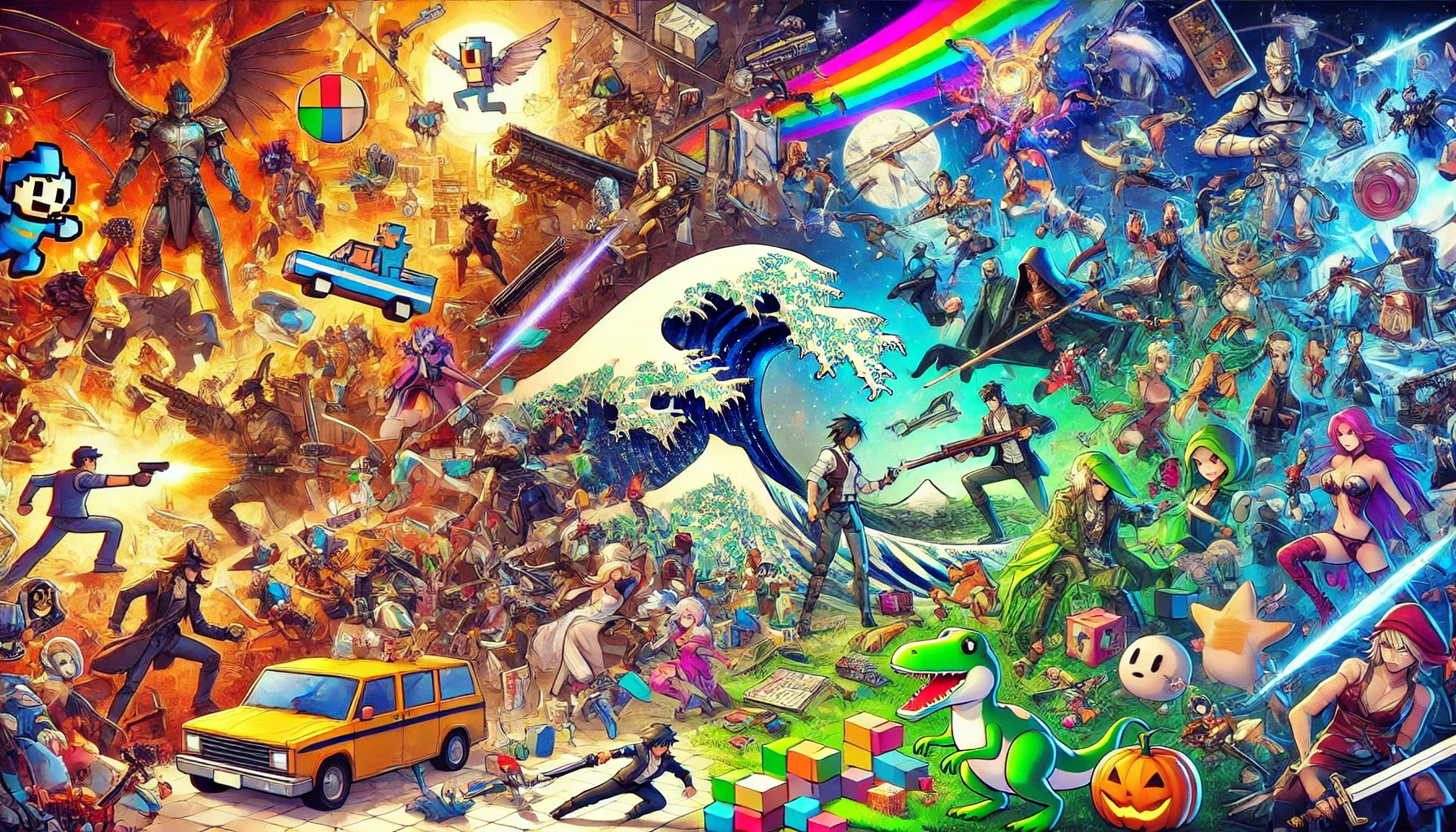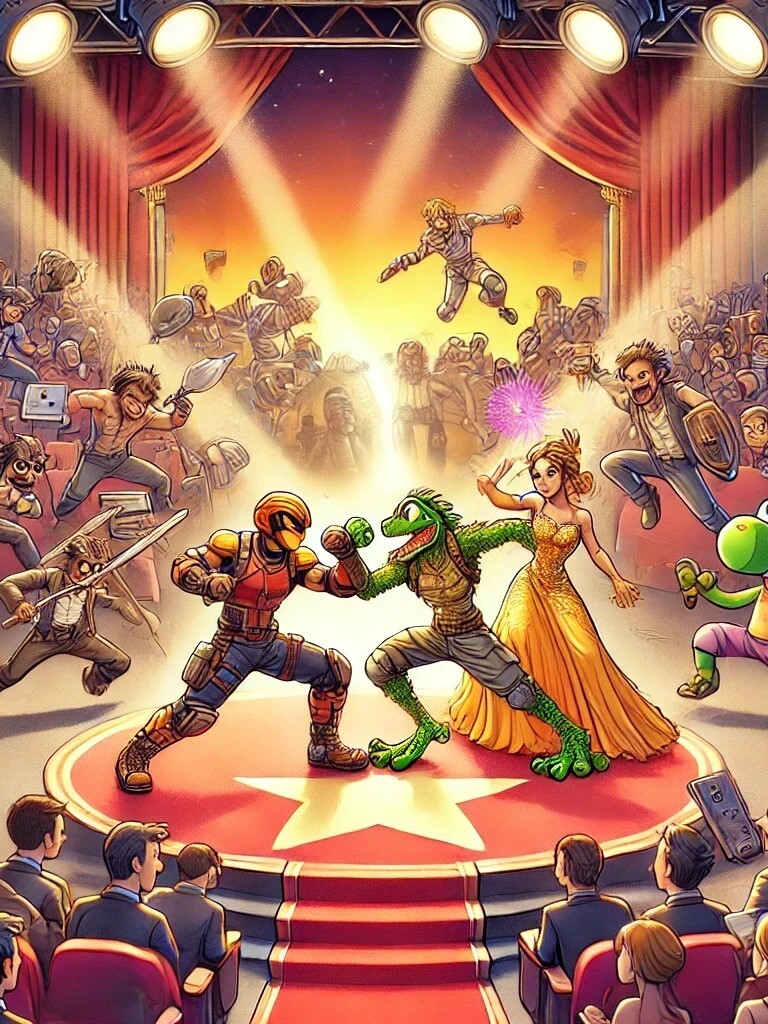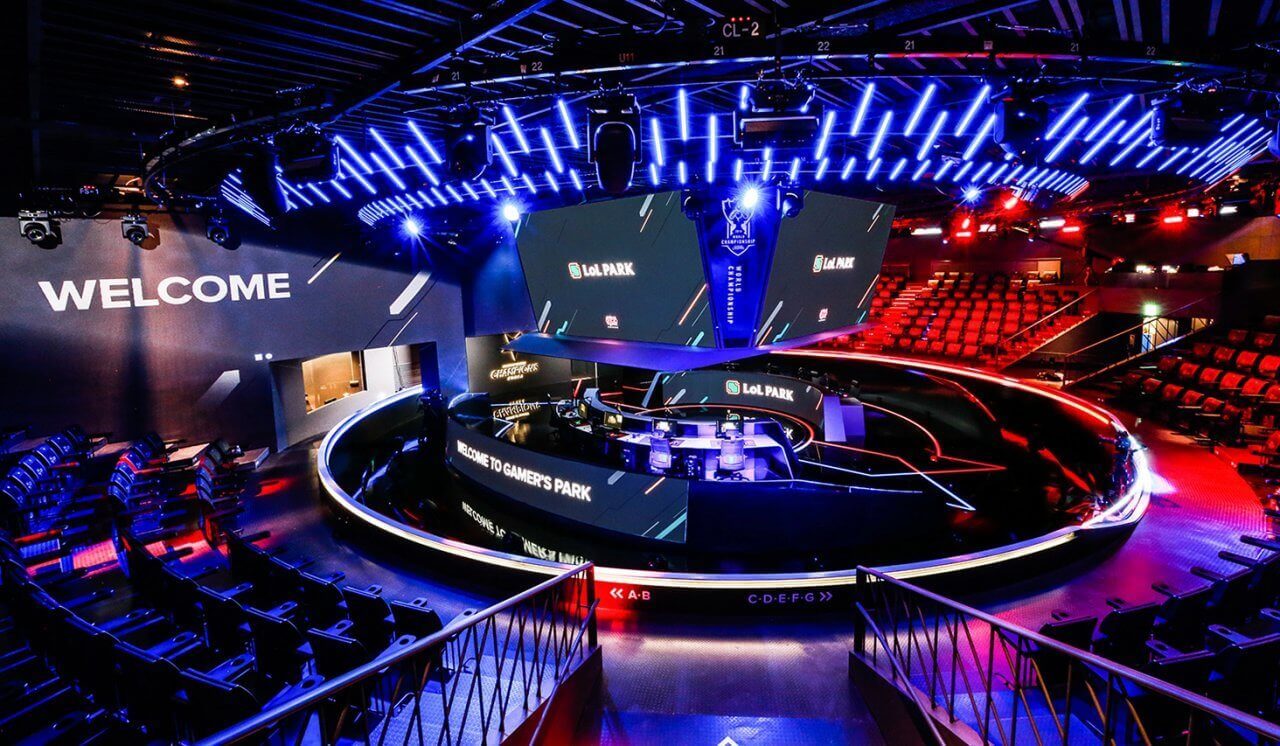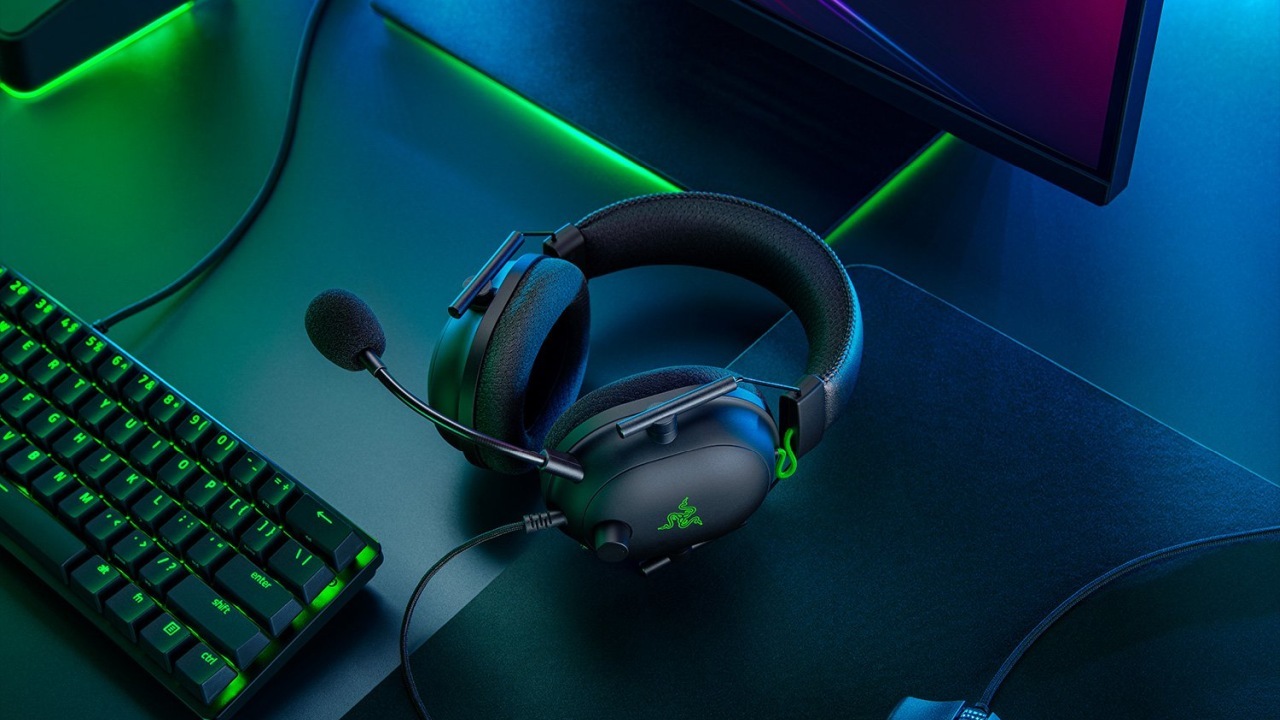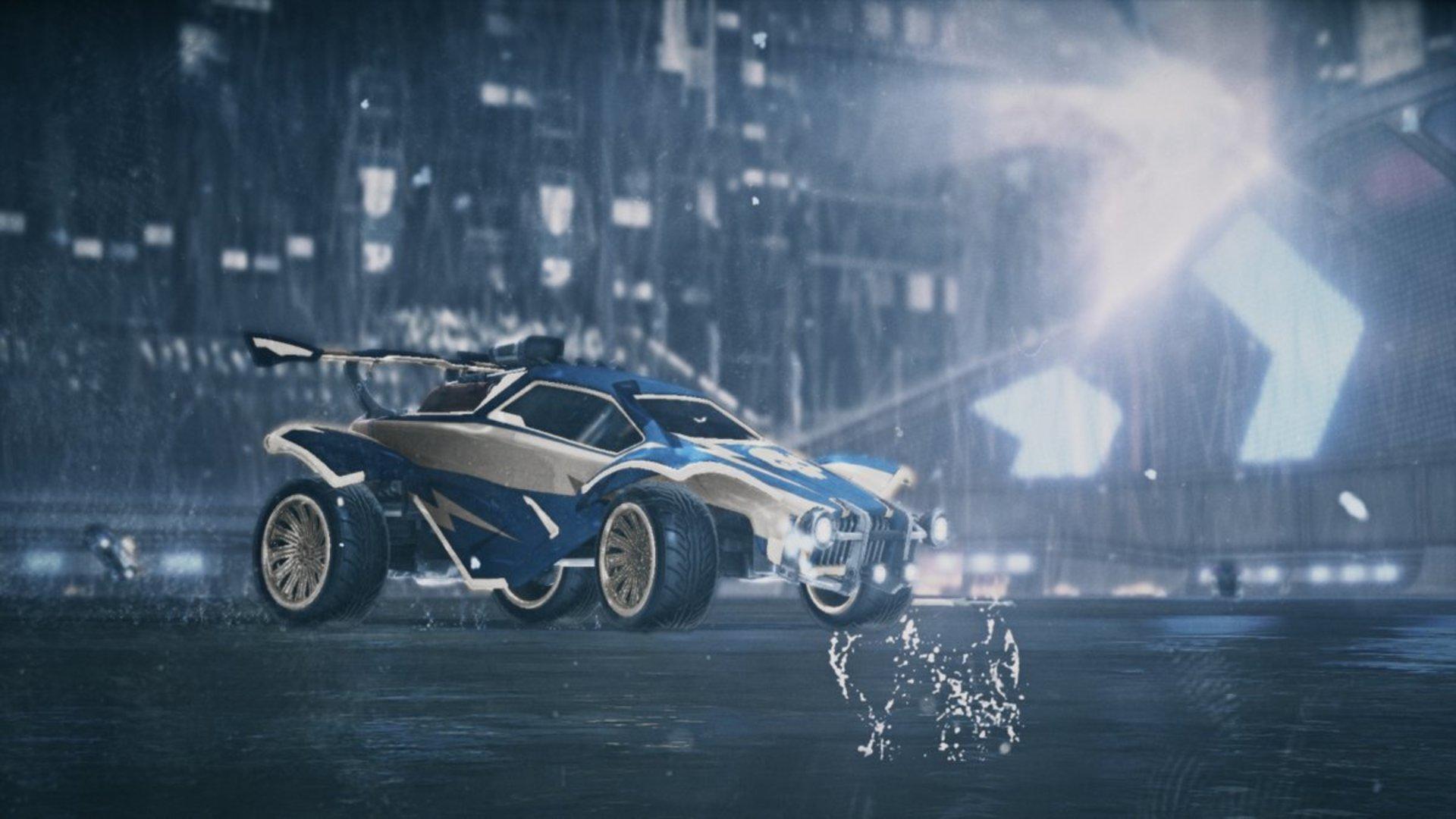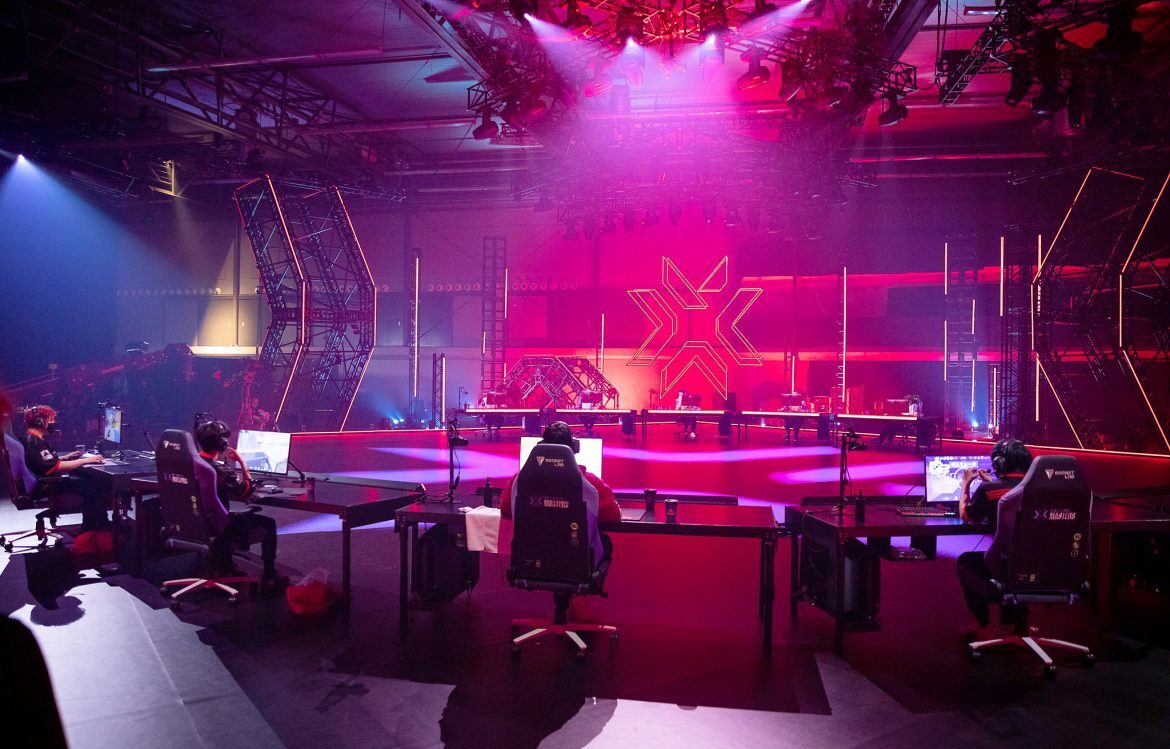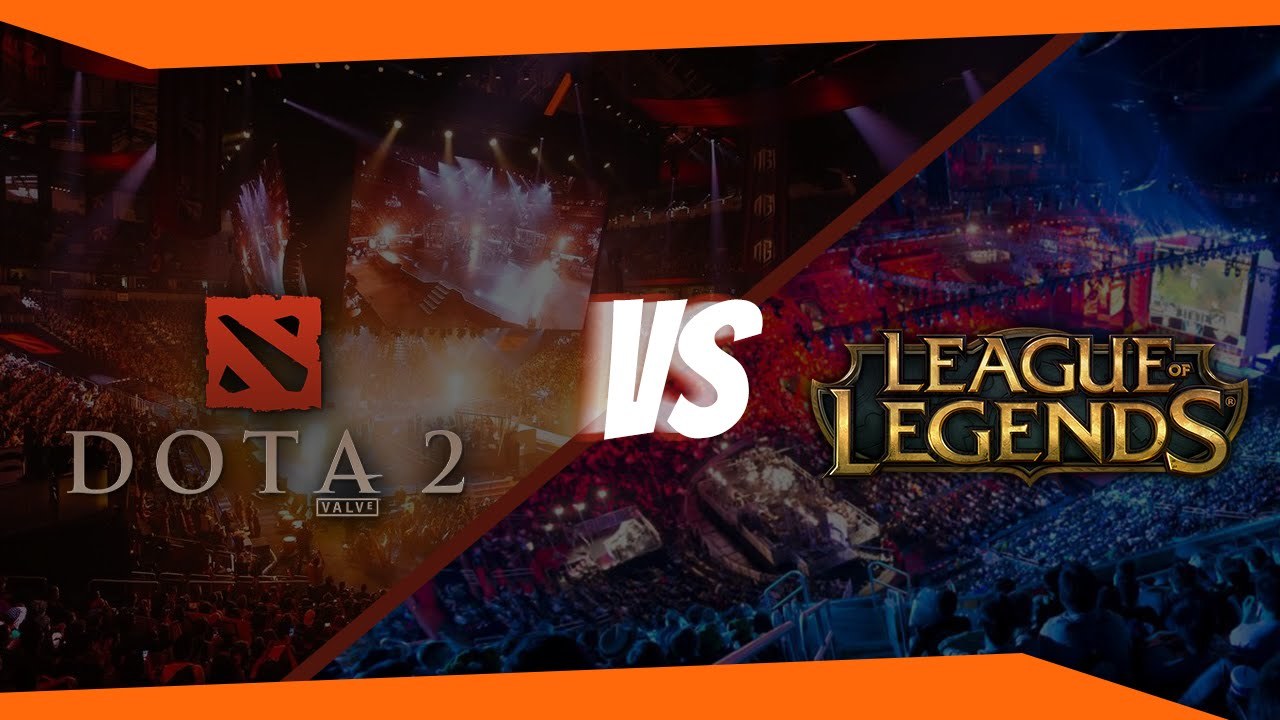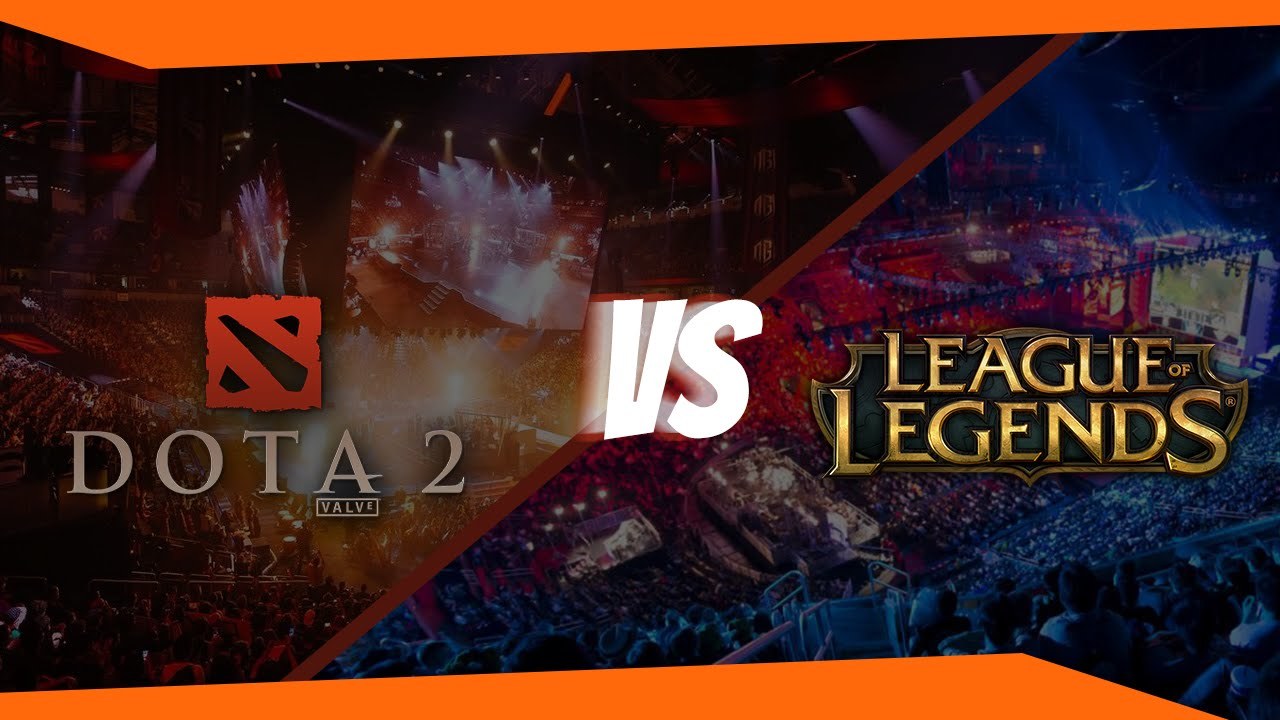
It’s undeniable that the billion-dollar esports industry is a roaring success – millions of fans around the globe, hundreds of tournaments each year and thousands of hopeful would-be-pro players make for a global phenomenon. Despite this, most of it is centred around just a few popular esports games – this raises a quite simple question; What’s the recipe for success when it comes to esports titles?
What it takes
By far the biggest esports game for years running is League of Legends. The MOBA title was created by Tencent-owned Riot Games and boasts millions of viewers each time a major competition is held. Dota 2, another MOBA title is almost as popular – the Valve-developed game is relatively similar in nature to League.
The rest of the ‘top ten’ list of the most popular esports by viewership is dominated by another genre; the shooter. Titles like Fortnite, CS:GO, Overwatch, Apex Legends, PUBG and Call of Duty are near the top of the esports world.
Beyond that, there are only few other games that really made it big – Blizzard-owned card game Hearthstone is pretty popular, as is one of their older titles – StarCraft 2. Though less popular in the West, StarCraft is practically a national sport in Korea, with tens of thousands of players and several times as many fans.
A question of platform
For the most part, esports take place on PC. Some titles on console are also successful, but in a more recent trend, another contender has entered the ring of popular esports genres – mobile esports. While many gamers still scoff at mobile players, their numbers are growing exponentially – in fact, in 2019 a mobile game made its way into the top ten most watched esports – Teamfight Tactics. In Asia, mobile esports are considerably more popular than they are in the West – in fact they make up a significant part of the esports scene there.
The appeal is easy to see – often free, mobile games are readily available anywhere, anytime and to almost anyone – on a device that most people already have. This makes it accessible to all sorts of audiences, taking care of one of the most important aspects an esport needs to have – a large enough player base.
The elements of success
The most popular esports genres have a fair bit in common – specifically, there are some elements that are needed for an esport to succeed. They also tend to be relatively new games. In addition to the player base already mentioned, games need to be balanced, regularly updated, easy to pick up… but more importantly, they need to be compatible with the general esports format.
That means having a spectator mode and featuring gameplay that’s fun to watch, with ongoing tension and excitement. In theory even a puzzle game could have a spectator mode, but it doesn’t quite feature the same suspense a shooter has. Esports rely heavily on showing fans something they are interested in – that means it needs to be easy to understand and visually appealing.
MOBAs follow a generally very simple format, meaning anyone vaguely familiar with them can pick up a stream and know what’s happening. The same goes for shooters – eliminating the enemy team or capturing a point is easy enough to do that just about anyone can watch and understand what’s happening.
Buying an esport
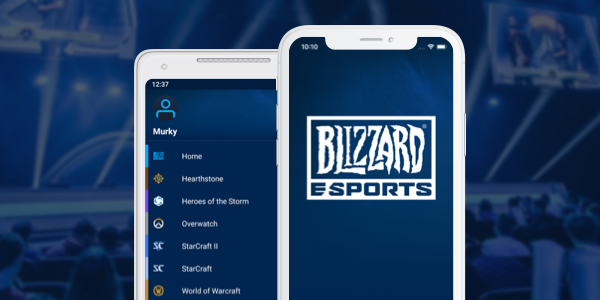
It’s also undeniable that having a big enough war-chest is a requirement when it comes to creating a successful esport. With most of the really big esports falling either in the MOBA or shooter category, it’s worth noting that a lot of the popular ones that don’t fall into those popular genres are made by the same company – Activision-Blizzard.
Hearthstone, StarCraft 2 and even World of Warcraft and formerly Heroes of the Storm are all Blizzard-made and were largely supported by the incredibly successful esports framework that Blizzard runs. They have the resources to see their games succeed as esports, even if they fall outside the most popular genres – yet they still fall short of titles like Dota 2 or League of Legends when it comes down to it.
Money can make up for some of the issues that these games struggle with – for example, the more elaborate rules of Hearthstone, or the sheer age of Starcraft 2 and World of Warcraft – but it still can’t quite compensate for or gloss over all of the shortcomings these games have.
Stay tuned for more opinion pieces here at EarlyGame:
Read More:
